Looking for a matcha latte recipe that’s smooth, rich, and never bitter? You’re in the right place. Whether you’re trading in your third cup of coffee or simply craving a creamy, antioxidant-packed boost, this guide walks you through every step of making matcha the right way—without the fuss.
From choosing the best powder to dialing in the perfect milk-to-matcha ratio, we’ll cover everything you need to turn your kitchen into a cozy, calming matcha café. Let’s break it down and get you sipping better, healthier lattes in minutes.
Table of Contents
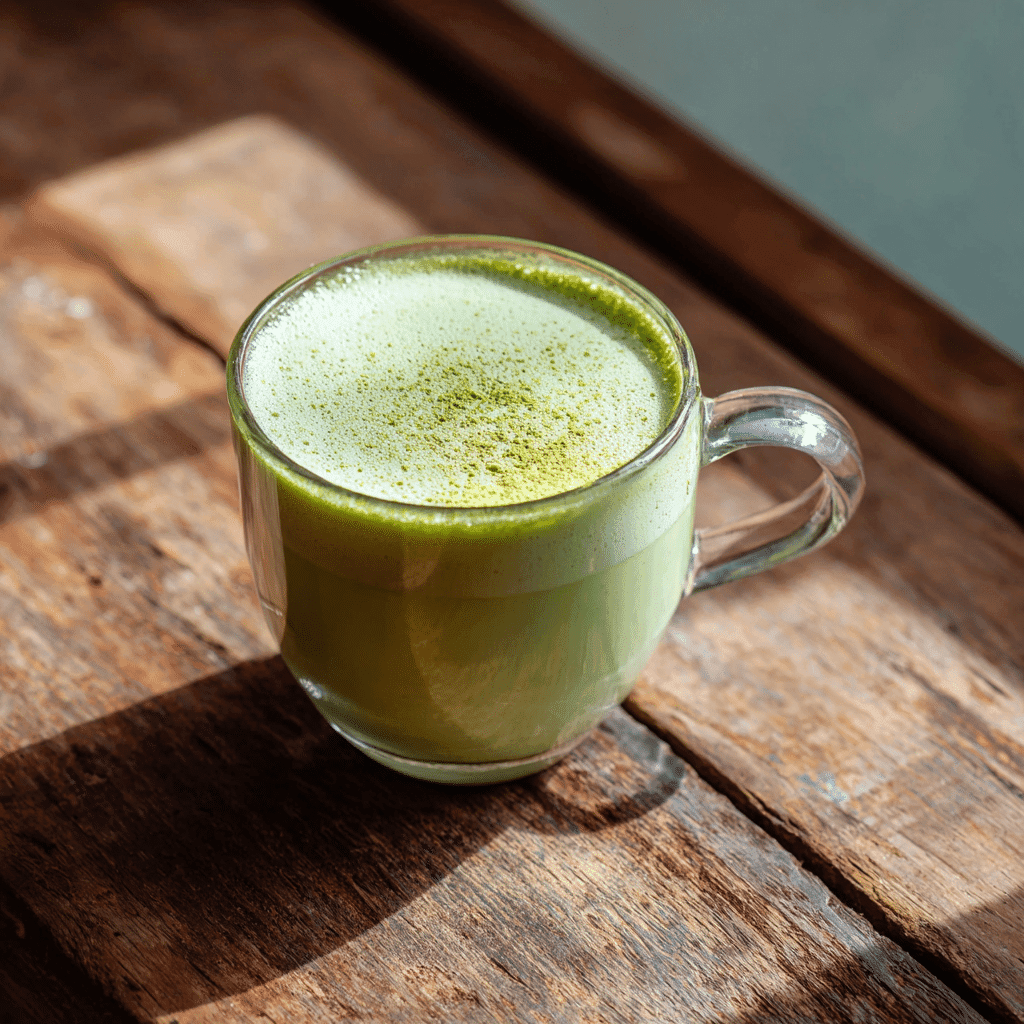
Best Matcha Latte Recipe
Ingredients
Equipment
Method
- Sift 1 tsp of matcha into a wide mug or small bowl to remove clumps.
- Add 2 oz of hot water (not boiling) and whisk vigorously in a zigzag motion until frothy.
- Warm or steam 6–8 oz of milk, then pour over the matcha mixture.
- Sweeten to taste with maple syrup, honey, or vanilla, and stir gently.
- Enjoy immediately. Optional: serve over ice for an iced matcha latte version.
Nutrition
Notes
- Use ceremonial-grade matcha for the smoothest taste.
- Always whisk the matcha with hot (not boiling) water before adding milk.
- For added sweetness, try maple syrup, honey, or vanilla.
- Optional tools include a sifter, bamboo whisk, and milk frother, but you can use kitchen basics too.
Tried this recipe?
Let us know how it was!Why This Matcha Latte Recipe Became My Morning Ritual
Back when I was still hauling freight down I-10, my mornings ran on two things—diesel fumes and black coffee. But after I left the trucking world and settled into early mornings at home, I craved something a little quieter, a little more intentional. That’s when I stumbled into the world of matcha.
Now, I’m not here to sell you some influencer’s detox dream. I’m just a guy from San Antonio who swapped the percolator for a bamboo whisk. The first time I tried to make a matcha latte recipe, I clumped the powder so bad it looked like pond water. But once I learned to do it right? Game changer. Smooth, earthy, just the right kick. It became my new morning ritual.
This isn’t about trends—it’s about flavor, comfort, and slowing down. Making a matcha latte at home lets you choose your own rhythm. You’re not racing to a drive-thru or paying $7 for sugar water. You’re making something simple that feels special.
If you’ve ever felt like matcha wasn’t for “people like us,” let me tell you—it is. You just need a solid matcha latte recipe, and a little practice. Trust me: once you get it, you won’t want to go back.
Why This Matcha Latte Recipe Beats the Coffee Shop Version
The truth is, most store-bought matcha drinks are either watery or loaded with syrup. When you make it at home, you control everything—the sweetness, the strength, even the type of milk. That’s where this How to Make Matcha Latte guide comes in handy. It walks you through the basics, step by step.
You’re also not locked into one flavor. Want it iced like that green drink from the chain shop? Try my Starbucks Matcha Latte dupe—same taste, less sugar, more soul.
Homemade matcha isn’t just cheaper. It’s better. And the recipe you’ll find here is the one I keep coming back to—because it works, every time.
Mastering the Matcha
How to Choose the Right Matcha Powder
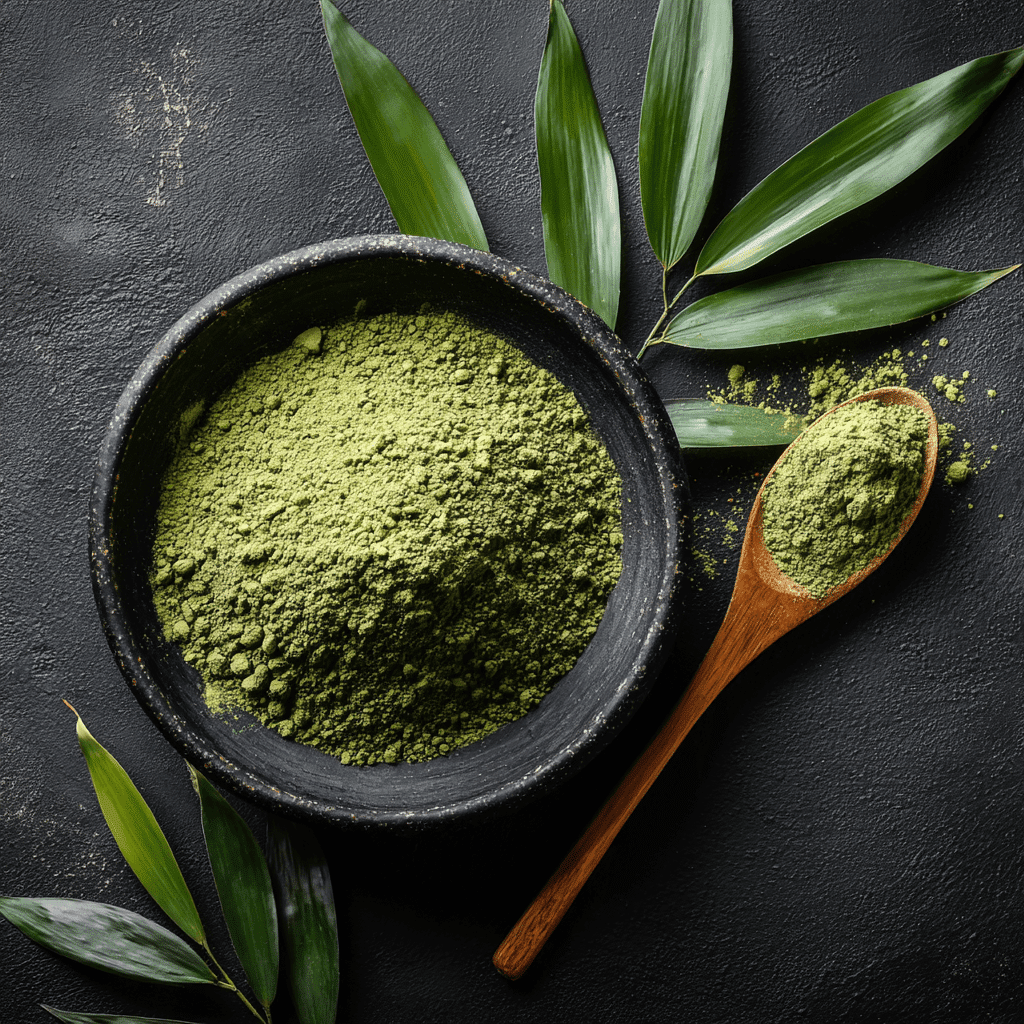
A great matcha latte recipe starts with one thing: good matcha. But if you’ve ever stood staring at a wall of green tins, you know it’s not as simple as “buy the green one.” Matcha quality varies wildly, and so does the taste.
For lattes, ceremonial grade is your best bet. It’s ground from the youngest tea leaves and delivers a smooth, vibrant flavor. Culinary grade is more bitter and better suited for baking or smoothies.
Here’s how to spot quality matcha:
- Color: Bright, vivid green means freshness and high quality. Dull or yellow-green? Skip it.
- Texture: It should feel like baby powder—not gritty.
- Smell: Grassy and sweet, never fishy.
- Origin: Look for Japanese matcha, particularly from Uji or Nishio.
A good rule of thumb? If it’s too cheap, it’s probably low-grade. That’s why I always steer readers to our curated list in the Best Matcha Latte Recipes page—real picks that taste great and whisk up smooth every time.
And don’t forget: matcha is perishable. Store it in a cool, dark place and use it within 1–2 months of opening.
The Best Tools for the Perfect Matcha Latte Recipe
You don’t need a fancy tea ceremony setup to nail this matcha latte recipe—but a few key tools can take it from decent to café-worthy. Think of them as helpful, not mandatory.
Here are the essentials I personally use:
- Sifter – Matcha powder clumps easily. Sifting ensures a smooth blend and prevents bitterness.
- Bamboo whisk (chasen) – The traditional tool for frothing. Whisking in a “W” motion creates that creamy, light foam.
- Milk frother or steamer – If you like that rich, silky top layer, this is how to get it.
- Wide mug or bowl – Whisking in a shallow space keeps the motion smooth and splatter-free.
But let’s say you’re out of gear—or just don’t want to invest right away. No problem. You can still make a solid cup with what you’ve got. If you’re curious how, check out How to Make Matcha Latte Without a Whisk. That guide walks you through simple methods using household items.
Bottom line? Tools help, but they don’t define the outcome. Practice, patience, and good matcha will always win.
Mixing It Right – Your Step-by-Step
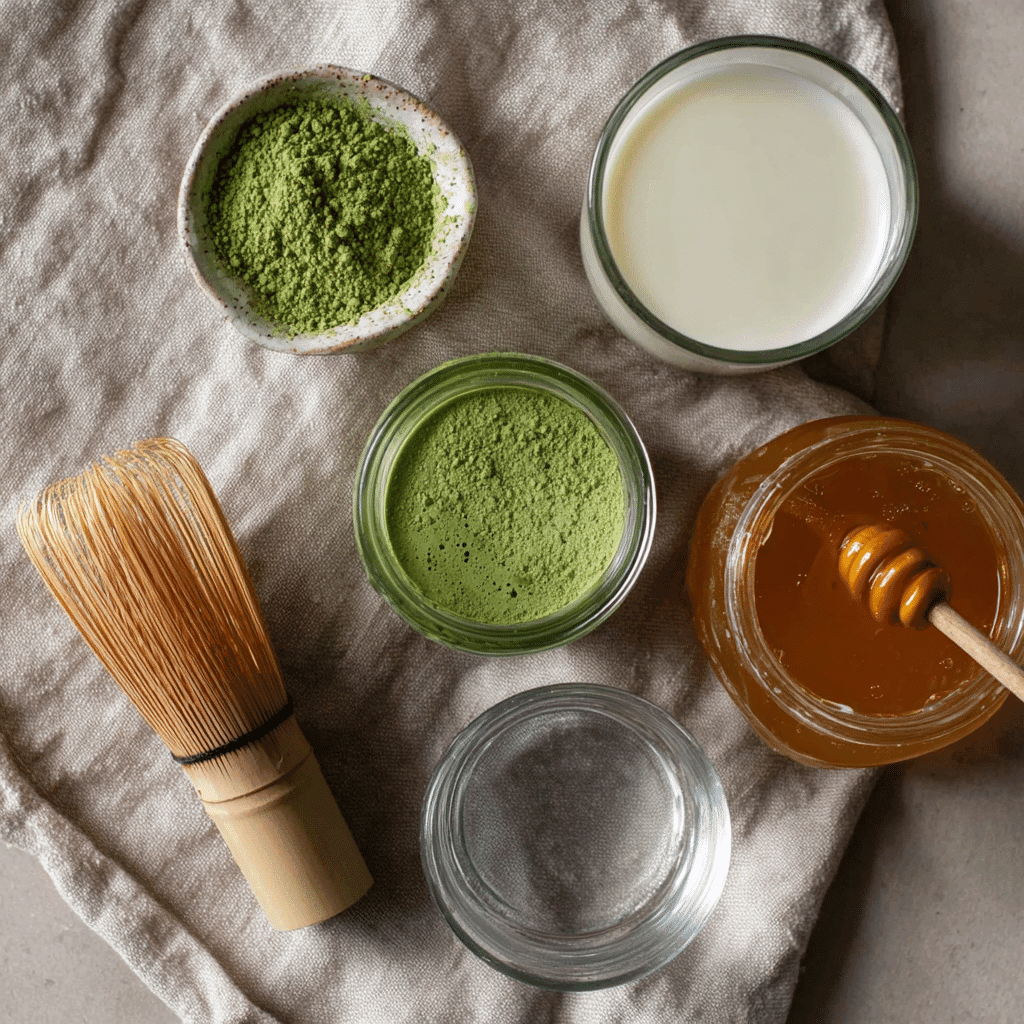
What’s the Best Matcha to Milk Ratio?
The key to a smooth, flavorful matcha latte recipe is all in the ratio. Too much powder? Bitter. Too little? Weak and grassy. After a whole lot of tweaking, I found the sweet spot—and it’s easy to remember.
Standard Matcha Latte Ratio:
- 1 teaspoon matcha powder
- 2 ounces hot (not boiling) water
- 6–8 ounces warm or steamed milk
This gives you a strong base without overwhelming the drink. For iced matcha lattes, keep the matcha-to-water ratio the same, but cut the milk to 6 ounces and pour over ice.
Want it creamier? Use less water and more milk. Want it bolder? Add another ½ teaspoon of matcha. This recipe is flexible—tailor it to your taste.
One pro tip: always whisk your matcha with the hot water first. That creates a concentrated shot and helps the powder fully dissolve before adding milk.
Step-by-Step Matcha Latte Recipe for Beginners
Making your first matcha latte at home isn’t about perfection—it’s about learning the rhythm. Kind of like frying an egg: it feels awkward the first time, but give it a few tries and it becomes your own little ritual.
Here’s how I fix mine:
- Scoop 1 teaspoon of matcha powder into a wide mug or small bowl. The extra room makes whisking easier.
- Add about 2 ounces of hot water—not boiling, just steamy (around 175°F does the trick).
- Whisk it briskly with a bamboo whisk, using a zigzag motion until it’s smooth and a little foamy.
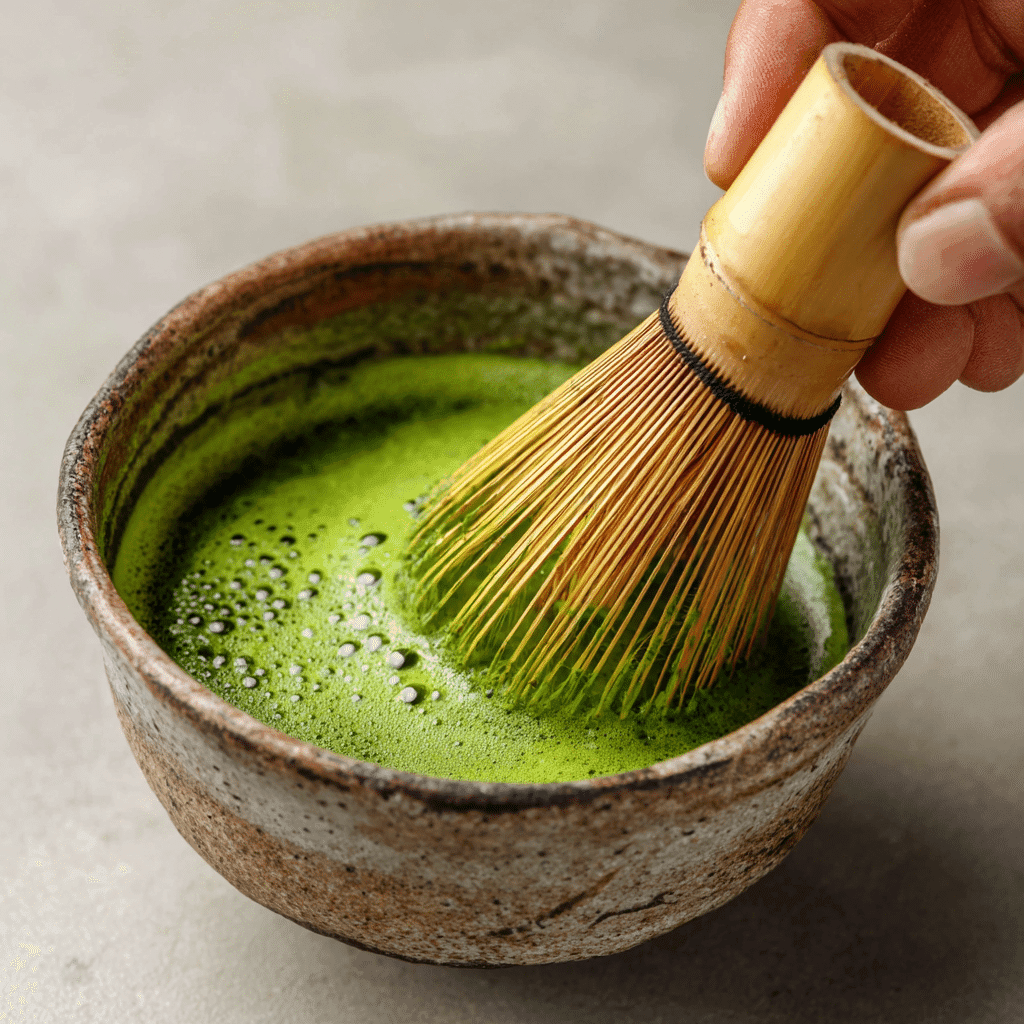
Don’t have the traditional tools? You can still make a great cup. Check out my guide on how to make matcha latte without a whisk for easy alternatives.
4. Warm your milk—6 to 8 ounces depending on how bold you like it—and pour it over the matcha blend.
5. Sweeten to taste. I use a splash of maple syrup, but honey or vanilla are just as cozy.
Quick tip: always blend the matcha with water before adding milk. That step alone makes your latte smoother and more balanced.
Benefits, Caffeine & That Matcha “High”
Are Matcha Lattes Healthy or Overhyped?
These days, everything claims to be a superfood—but matcha might actually deserve the title. When you make a real matcha latte recipe at home, you’re not just getting a cozy drink—you’re getting a boost that runs deeper than caffeine alone.
What makes matcha unique is that it’s made from whole green tea leaves, ground into a fine powder. That means when you whisk it into your latte, you’re consuming the entire leaf, not just a steeped extract. The result? More antioxidants, more nutrients, and more benefits in every sip.
Here’s why people keep coming back to this matcha latte recipe:
- Rich in antioxidants, especially EGCG, which supports heart health and metabolism
- L-theanine teams up with caffeine to give you calm, focused energy
- It’s less acidic than coffee, making it gentler on digestion
If you’re easing off coffee or looking for a daily drink with real wellness perks, a matcha latte recipe is a smart switch. Want something refreshing? My Iced Matcha Latte is perfect for warm mornings or mid-day breaks.
You can dive deeper into the science-backed perks over at Matcha Latte Benefits—where I break down exactly why matcha works for both body and mind.
Why You Might Feel “High” After a Matcha Latte
If you’ve ever had a moment of calm alertness after sipping a matcha latte, you’re not imagining it. That’s one of the unique benefits that keep me coming back to this matcha latte recipe. It’s not just about the caffeine—it’s about the chemistry.
Matcha naturally contains L-theanine, an amino acid that works with caffeine to create a balanced, sustained energy. Instead of the jolt you get from a strong cup of coffee, you feel a smooth, focused lift that lasts longer—and ends without a crash.
That blend of clarity and calm is often described as a “matcha high.” It sharpens your mind without making your heart race. That’s why so many folks swap out their third cup of coffee for a matcha latte recipe that delivers more than just a buzz.
If you want to explore the calming benefits in more depth, I’ve got a full breakdown over at Matcha Latte Benefits.
Frequently Asked Questions About Matcha Latte
How do you correctly make a matcha latte?
To make a matcha latte the right way, start by sifting 1 teaspoon of matcha powder into a wide mug or small bowl. Slowly pour in a couple ounces of hot (but not boiling) water—about 175°F is ideal. Use a bamboo whisk to blend it quickly until the mixture is smooth and just a little frothy. From there, add 6 to 8 ounces of warm or steamed milk and stir gently. You can sweeten it with maple syrup, honey, or leave it plain. This simple method lays the foundation for any great matcha latte recipe. For more help, follow the full how-to guide.
Are matcha lattes actually healthy?
Yes—especially when you make your matcha latte recipe at home. Matcha is rich in antioxidants like EGCG, and contains L-theanine, which promotes calm focus. When paired with milk and a light natural sweetener, it’s a comforting, nutrient-dense drink that supports both energy and mood. Homemade versions also avoid the excess sugar often found in café lattes.
What is the best ratio for a matcha latte?
The ideal matcha latte ratio is simple: 1 teaspoon of matcha powder, 2 ounces of hot water, and 6 to 8 ounces of milk. This balance gives you a smooth, bold base without bitterness. You can always adjust the milk or matcha to taste, but that ratio is a great place to start with any matcha latte recipe.
Why do I feel “high” after drinking matcha?
That calm, lifted feeling comes from the synergy of L-theanine and caffeine in matcha. L-theanine promotes relaxation, while caffeine provides steady energy. The result is a focused, steady mood without the crash. This balanced boost is one of the best parts of including a matcha latte recipe in your daily routine.
Conclusion: Let Matcha Be Your Morning Ritual
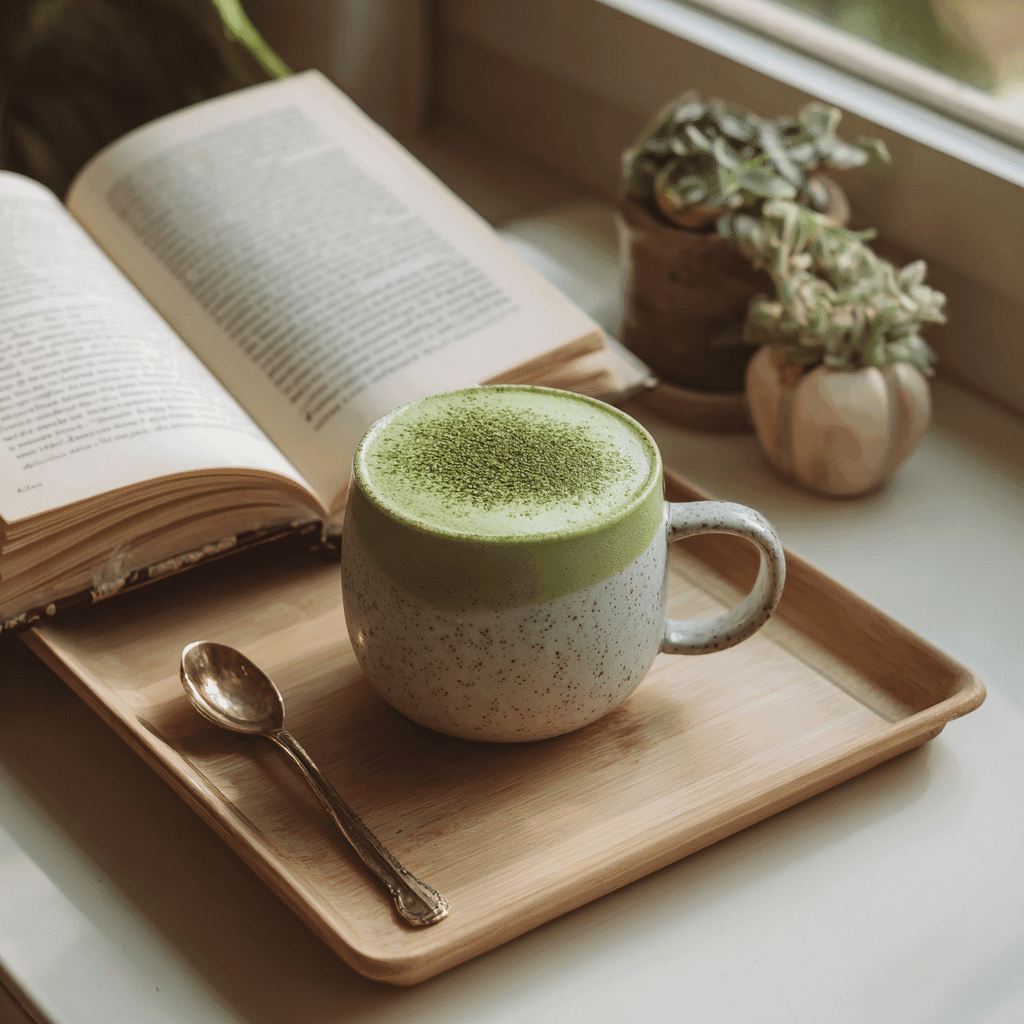
If there’s one thing I’ve learned since trading steel-toed boots for kitchen slippers, it’s that slowing down is a choice—and a good matcha latte recipe makes that choice a little easier. Whether you’re easing off coffee, chasing clarity, or just looking for something that tastes like comfort in a cup, this recipe delivers.
With just a few ingredients, some simple tools, and a little practice, you can turn your mornings into a quiet ritual you actually look forward to. No sugar-loaded drive-thru drinks. No guesswork. Just a smooth, earthy cup that fits your pace.
Want more ideas to change up your routine? Explore the full matcha latte benefits or shake things up with a cool and creamy iced matcha latte variation.
You’ve got everything you need—now go make it yours.
Hungry for more?
Follow me on Facebook and Pinterest for daily comfort food recipes, kitchen tips, and a whole lot of heart—served fresh every day.


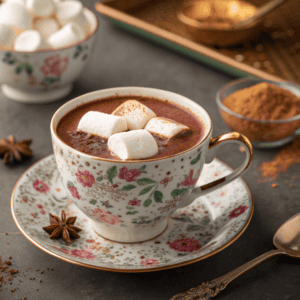


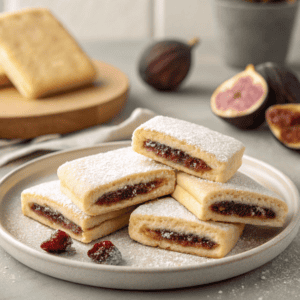
1 thought on “Matcha Latte Recipe That Actually Tastes Good and Easy to Make”